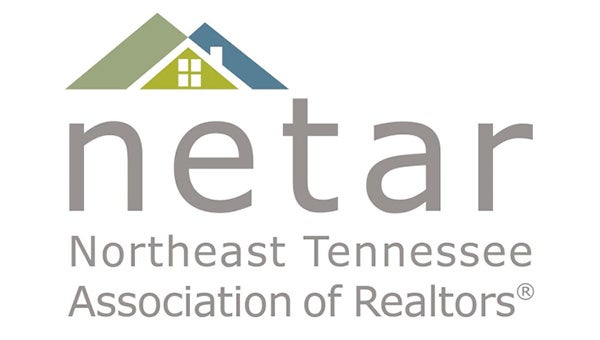Strip centers are commercial real estate’s hot item
Published 9:59 am Tuesday, August 15, 2023
|
Getting your Trinity Audio player ready...
|
Strip centers are one of the hottest tickets in the Tri-Cities area – and US – commercial real estate these days. High occupancy rates have become the norm, according to the Northeast Tennessee Association of Realtors (NETAR).
Nationwide, the occupancy rate at strip-center real-estate investment trusts stood at 95.3 percent. That’s a level not seen for eight years. Physical occupancy was running a little over 93 percent, which is where it was pre-pandemic, according to the Wall Street Journal. Similar conditions are being reported in the local markets.
The driver is small brick-and-mortar retailers continue finding ways to compete with online retail and services outlets and at the top of the success pyramid is being as close as possible to the customers. Metro retailers want the same thing, but for a different reason. Their focus is the worker exodus from downtown offices to working from home. The concentration of local workers in local downtown cores is not as dense, which gets the strip malls even more attention.
The uptick comes at a time when local retail sector transactions are trailing where they were during the first seven months of last year. Some of the lag is also the effect of comparing a slack year burdened by high inflation and interest rates to a record year.
Lenders are currently tightening commercial real estate loans. The terms on construction and land development are nearly as tight as the 2008 and 2020 peaks. Standards for multifamily loans terms are at a record high, but low inventory and high demand are keeping local market performance picture brighter than the US outlook.
According to Kiplinger, Banks are especially worried about falling collateral values for commercial properties, along with the general economic uncertainty and their own rising costs.
Here’s a thumbnail on strip-mall conditions in three major markets.
– Kingsport’s Economic Development Director John Rose recently reported that 95 percent of the city’s strip-mall parcels were occupied.
– John Speropulos, president and principal broker of Mitch Cox Realtor, Inc., said there is very little vacancy for retail in Johnson City and those looking for smaller sites are seeing a lot of competition. He also said he’s seeing more lease activity than interest in sales.
– Kelly Graham, Graham and Associates, said Bristol demand in Bristol has always been a little less than other cities, but occupancy has gone up.
While the local commercial marketplace is in a slower transactions phase, it doesn’t mean the market is failing or slowing down. “Quite the contrary,” said Jerry Petzoldt, Chair of NETAR’s Commercial Committee chair.
“Interest rates, the due data on longer-term commercial financing and some indecision about the economy have tapped the brakes on some deals. “However, the doom-and-gloom headlines about major metro markets doesn’t necessarily translate to local conditions. Investor interest in the area continues increasing and locals are exploring options and opportunities,” he said.
As far as numbers go, all local sector transactions retreated from a year-to-date comparison.
There were 37 local commercial transactions in July, down 35 percent from this time last year. The best performance and number of transactions has been:
– Multi-family (55,
– Retail, 40,
– Office, 33,
– Vacant Land, 14,
– Industrial, 14.
July closed with 484 local CMLS and Flex listings, down 25.9 percent from last year.
There were 56 new listings, down 9.6 percent. The three-month transaction trend is down 28.8 percent.





